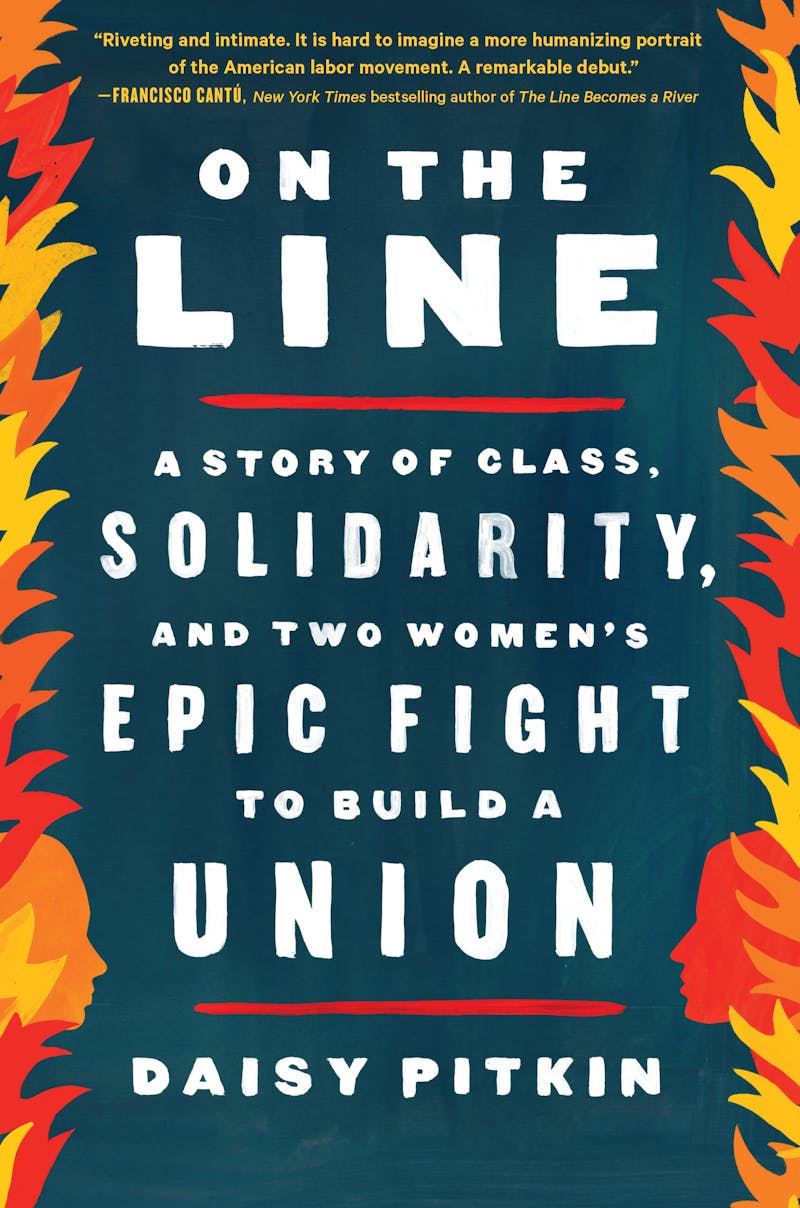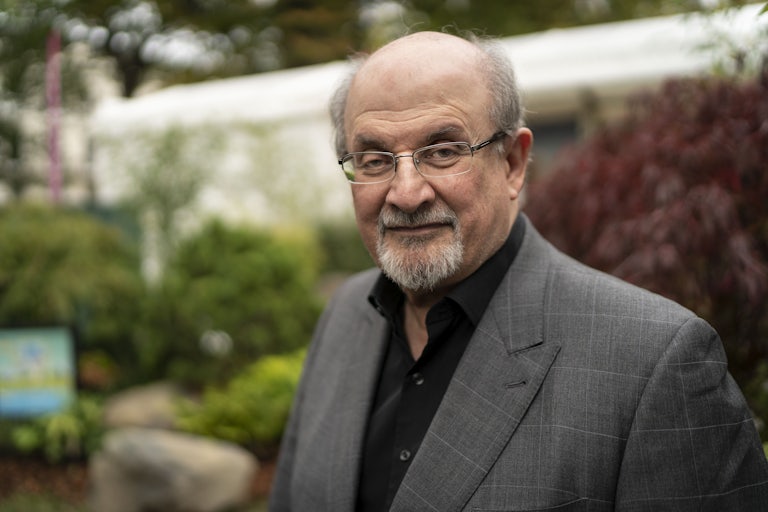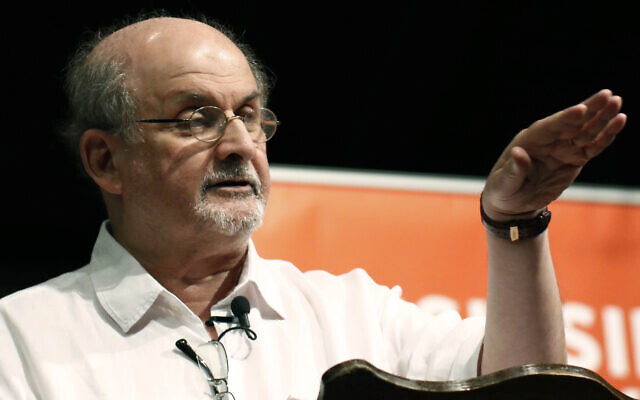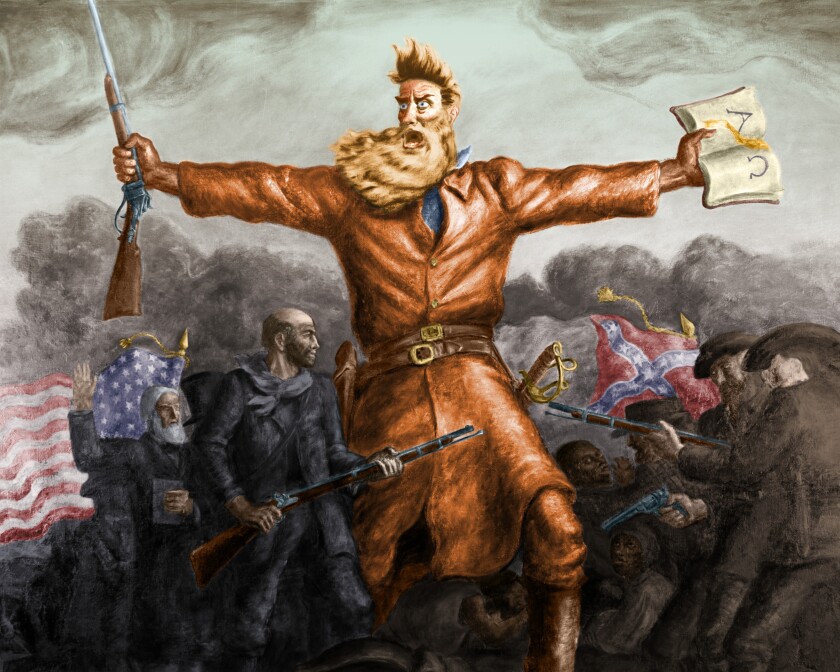Jurga Bakaitė, LRT.lt

The Kremlin of Moscow / Vida Press
Wild conspiracy theories – from biolabs to super-soldiers – are being spread by marginals and Russian officials alike. The question is – why? In an interview with LRT.lt, Algredas Buiko, researcher of conspiracy theories, walks us through their logic.
Conspiracy theories have long seemed to be on the margins of society. But during the pandemic, they made their way into politics, and we saw the importance and power of this phenomenon. Is it also relevant to talk about conspiracy theories in times of war?
It is still relevant, but an important element is that war is more localised than a pandemic. This means that it is possible to see where conspiracy theories are more prevalent and where they are less so. Pandemic conspiracy theories have spread far and wide, and many countries have been affected.
The war in Ukraine is something that Russia, Central and Eastern Europe, the US, Canada, and the UK have focused on. If you talk to the French or the Spanish, you realise that people there look at [the war] quite casually, as something that is happening elsewhere.
Russia has always used conspiracy theories as a kind of weapon, and culturally they have been quite popular. Conspiracy theories stem from a general sense of anxiety and helplessness, a feeling of insecurity and a desire to be able to explain and control the world.

Vladimir Putin / AP
In the Russian media today, one can read stories on a parliamentary group that has been set up to investigate alleged biological laboratories that carry out scientific experiments on Ukrainian soldiers. Why do we hear such statements from senior Russian officials?
Two conspiracy theories have emerged during the war in Ukraine. One is about pathogens designed to kill the honest Russian people who live on the border with Ukraine. There was a panic in Belgorod – the inhabitants were frightened that pigeons flying in from Ukraine would bring bacteria that could kill them.
There is also a Ukrainian bat centre. [...] It was one of the so-called secret laboratories that Russia decided to accuse of developing and spreading biological weapons. [...]
There are conspiracy theories about doping, about special drugs for Ukrainian soldiers. The best conspiracy theories have a grain of truth, and, indeed, various drugs were often distributed to soldiers, including the amphetamine chocolate given to Wehrmacht troops during the Second World War.
We have also seen posts on social media by Ukrainian soldiers about Russian troops using drugs. But this could also be propaganda – there is a lot of information that is difficult to verify.
Russian conspiracy theories about doping and experimentation on Ukrainians are used to explain why Russia is not winning. Conspiracy theories about biological weapons are aimed at Russia’s domestic audience and countries that are still friendly to Russia – Iran, [some] African countries, and China.

Russia's war in Ukraine / AP
There was a need for a qualitative explanation as to why the war started. All the people, even those who are friendly to Russia, needed to be told why there was a siege of Kyiv. That is why the rumour about the biological weapons laboratories was spread. It is supposed to be very scary, and there is still a pandemic going on. That explains it, it sounds logical.
Everyone remembers the Russian propaganda at the beginning of the war – the plan was to take Kyiv in three days, and achieve a very quick victory because the Ukrainians would not want to fight and would surrender themselves to the “glorious Russian Empire”. But this was not what happened.
Then, there is a need to modify the previous conspiracy theory narratives that have been fed to the Russian population for the last few years that the Ukrainians are weak, peasants, and uneducated. Now, they need to explain why things are not going according to plan.
It is hard to believe that panic can be sown over pigeons from other countries. But we see that people believe it. Is it difficult to spread conspiracy theories and cause panic?
It is not difficult, but you must have the right soil. For a long time, conspiracy theories seemed to be a fringe issue. For example, the 1990s were when the most interesting conspiracy theories were born in Lithuania. At that time, everybody was talking about underground alien bases, warehouses with rulers of other galaxies. It was more like science fiction, while today’s conspiracy theories are soap operas. [...]
I would say conspiracy theories became part of the normal narrative after 9/11 because then, even serious scientists and researchers started to say that, for example, President George Bush might have been involved.

Pigeons sit on stautues of soldiers at a monument for Soviet soldiers in Kolpino, outside St. Petersburg, Russia / AP
The spread of conspiracy theories is influenced by public anxiety, and the Internet makes it easy to spread anxiety. A couple of hundred years ago, it needed much more effort – printing newspapers, books. It was done, [...] but it was usually a serious operation, where one conspiracy theory was spread as much as possible.
And now, we are surrounded by general anxiety. Conspiracy theories are just born, they don’t even need to be created – they emerge and develop unhindered. There are a lot of people who feel bad, who are filled with anxiety, who do not trust the official narrative, and so they will choose anything that looks like an alternative.
How is this atmosphere being exploited by political forces or so-called political technologists in Russia?
It has always been used. It used to be called black propaganda, and it usually involved the dissemination of specific information or modified facts.
Conspiracy theories work by reducing the public’s desire to do something and change. Many of them are aimed, especially in Russia, at the domestic audience. In Russia, their role is to create more apoliticism and convince people that nothing can be changed, that voting is pointless.
It is very interesting how Russians feel about their country. They think they are living in a dystopia, like Oceania in [George Orwell’s] 1984, when in fact they are living in a kleptocracy with a kind of powerlessness and a perception that this is the way it should be.
This notion continues to be fed by conspiracy theories, saying that a horrible world would destroy the whole of Russia if it could. Therefore, it is necessary to suffer, and it is impossible to even think that it could be otherwise.

Residents of Luhansk listen to Putin's speech / AP
This is important because most of the time, especially in the 21st century, dictators are overthrown not so much by other countries but by their own people, as in the case of [the Libyan dictator] Muammar Gaddafi. This is one of the reasons why successful states, even those that are somewhat authoritarian or totalitarian, such as China, can maintain a certain calmness.
However, Russia is not such an economic giant, it is not as rich as, say, Saudi Arabia, where there is a hyper-totalitarian theocracy that manages to make the population happy by bribing them. Russia does not have that, so it has to bribe the population with an ideology, with the conviction that they belong to a big and special Russian state because the thinking in Russia is that individuals are not valuable. [...]
We often hear that Russian propaganda is based on dehumanisation, that Ukraine is portrayed as a country that is not worthy of existence. Why, then, portray them as cyborgs, as creators of secret experiments? Is this the same dehumanisation or something else?
These are related. Umberto Eco wrote an article called “Ur-Fascism” in which he talks about common forms of fascism, for example, the cult of the martyr and the hero. Elsewhere, the martyr is something that appears occasionally, whereas, in Russian fascism, there is a constant belief that the best thing to do is to die for a great cause. Then, there is the cult of machismo, the disrespect for femininity.
The third element is the perception of the enemy. The enemy is always depicted as dehumanised, so there is talk of cyborgs, people who take drugs. But this is a recurring theme in war. After all, Russian soldiers are not called orcs for no reason. It is an element of dehumanisation so that one could look at all the horrors without losing one’s mind. [...]
Russia is imbued with Ur-Fascism. Putin was photographed shirtless on a horse to show masculinity, power, and the cult of the leader so that every Russian could look up to him, identify with him, and feel that he is better off than the weak, feminine people of the West.

Vladimir Putin on a horse / AP
The enemy is therefore portrayed as extremely weak and extremely strong at the same time. It seems that this should be very difficult to show, but it has always been a recurring theme in homophobic and anti-Semitic conspiracy theories.
Homosexuals are often portrayed as feminine, physically weak, but at the same time, as controlling medical institutions, universities, IT, Hollywood. Also, Jews are portrayed as very talkative, greedy, but also as taking over the whole world. There is no logical way to reconcile this. But conspiracy theories are not about logic, they are about an emotional element.
The enemy must be extremely strong to explain the anxiety and why you need to be afraid of that enemy. But at the same time, it must be weak in order for you to perceive yourself as better and more special, which is why there is a constant process of dehumanisation. [...]
In Russia, the authorities use the Ur-Fascist narratives as opium for the people so that they do not think about how bad their lives are and put themselves above the rest of the world. Psychoanalysis says that many people in therapy cannot get rid of anger because if anger disappeared, sadness would take its place. In the case of Russia, it is the same – if the population got rid of chauvinism, they would have to face an unpleasant reality.
















